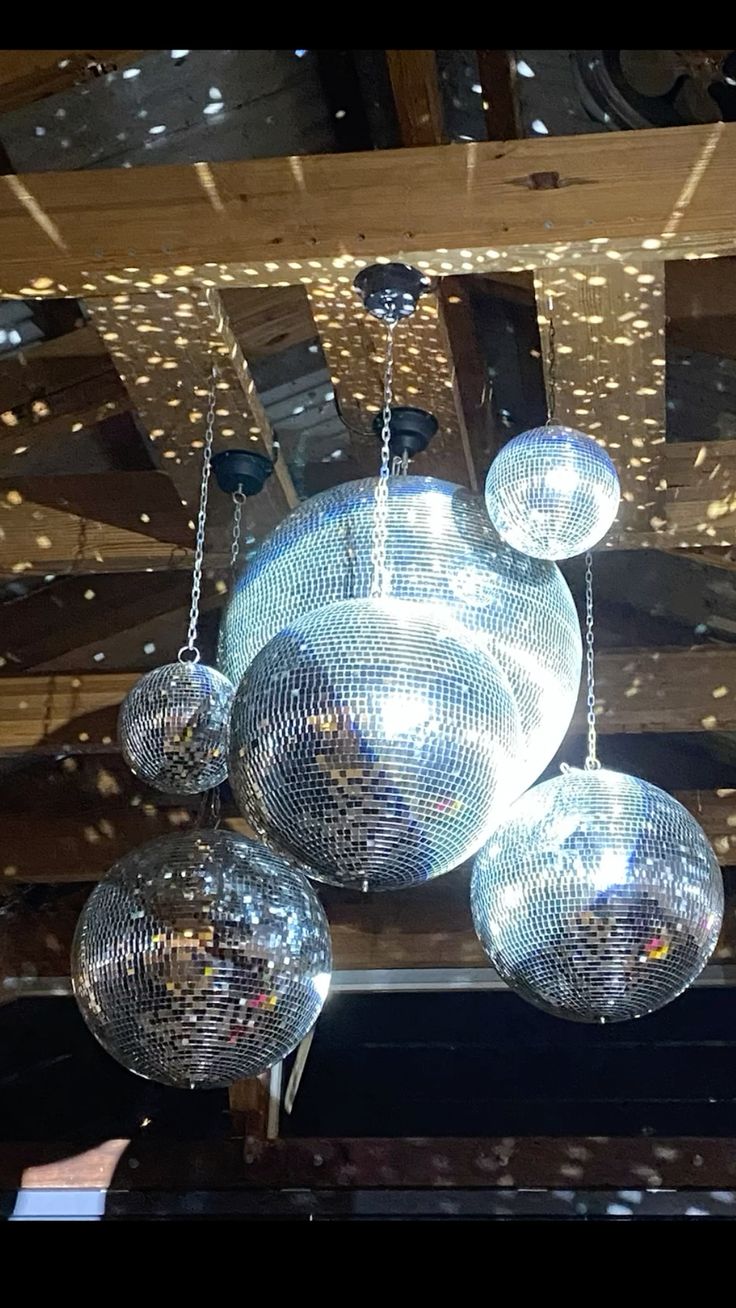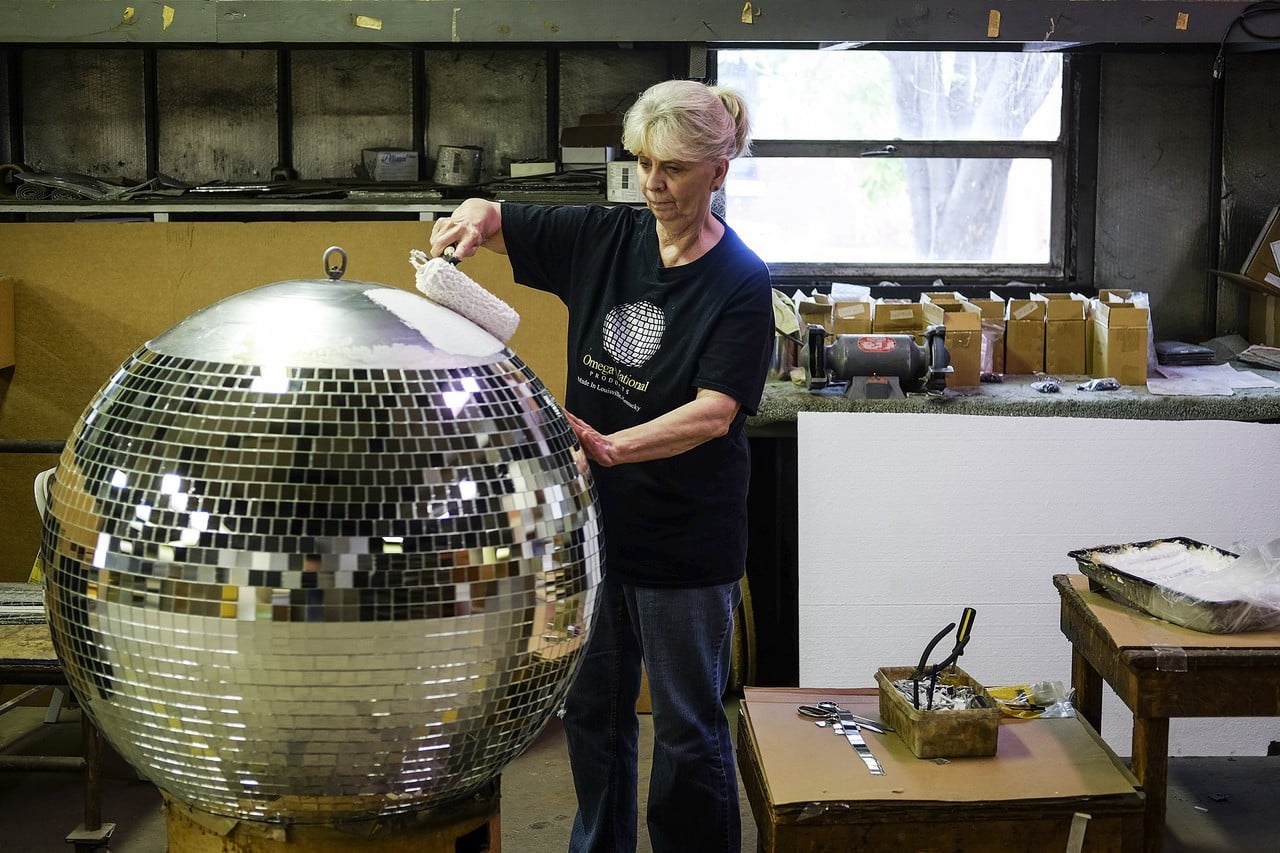The Origin of the Disco Ball in Events
Disco balls have long been a staple of dance floors, but where did it all begin? The first major recorded event to feature a mirrored ball dates back to the 1920s, when jazz clubs and ballrooms embraced the shimmering effect to enhance their atmosphere.
The Bossert Hotel: The First Big Disco Ball Event
One of the earliest documented uses of a disco ball was at The Bossert Hotel in Brooklyn, New York, in 1924. This historic hotel featured a Marine Roof ballroom, where a mirrored ball was installed to scatter light across the dance floor. At the time, jazz music was dominating nightlife, and the addition of a rotating mirrored ball elevated the experience.
Rise in Popularity During the 1920s and 1930s
After the success of its use at The Bossert Hotel, disco balls became a common feature in ballrooms across the United States and Europe. The spinning lights complemented the swing and jazz music era, making dance floors more immersive. By the 1940s and 1950s, mirrored balls were seen in nearly every major dance venue.

The 1970s Disco Boom
Although disco balls had been around for decades, they gained widespread cultural significance in the 1970s disco movement. Nightclubs such as Studio 54 in New York City made them the centerpiece of their lighting setup. This era cemented the disco ball as a symbol of nightlife and dance culture.
Why Disco Balls Remain Popular Today
Despite changes in lighting technology, disco balls continue to be used at concerts, weddings, and clubs. Their ability to create a unique atmosphere keeps them relevant even in modern-day events.
Final Thoughts
The first major event to feature a disco ball may have taken place in the 1920s, but its legacy has lasted for over a century. From jazz clubs to legendary disco venues, the mirrored ball remains an essential part of dance culture.






